How to prevent the edge of laser cut wood from being scorched and blackened
Industry News 2021-11-25 Share: Back to list
Question: How can the edge of laser cut wood not be burnt? After laser cutting, the edge of the wood cut is carbonized. Is there any way to reduce this? For example, change the wood or adjust the laser intensity?
The netizen replied: If you use carbon dioxide to cut, you have never seen a cut that is not black anyway, blowing with an air compressor and blowing more will have a good effect. If it is MDF, it will be a little black, and the edges of the cutouts of other boards will have some light yellow, not so much black. Wood with a thickness of less than 5mm can be cut without carbonization, and thicker wood can hardly be guaranteed.
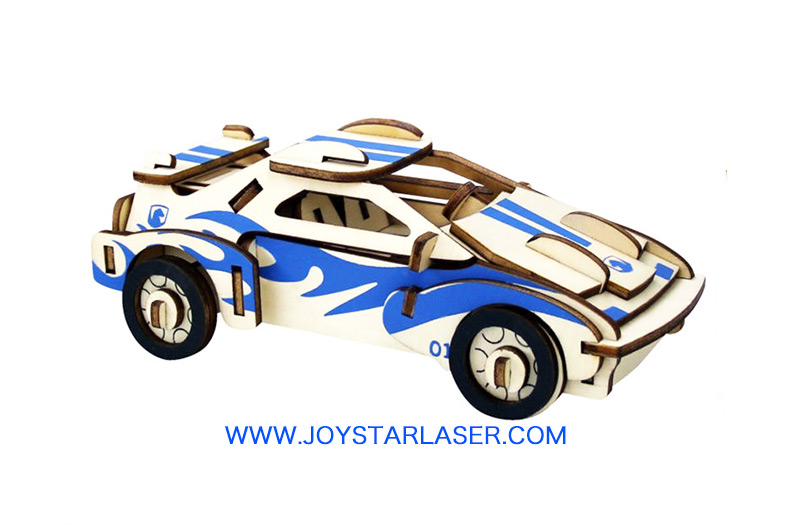
Using laser to cut wood has the advantages of high precision, narrow cutting seam, fast speed, and smooth cutting surface. However, because the laser focus energy melts the wood, there will be blackening during the cutting process, that is, the cutting edge is carbonized. Today, Joystarlaser's laser application expert talks to everyone about how to reduce or even avoid this situation.
The first thing to note is that if you are cutting a thicker plank, it is difficult to avoid blackening. After our test, we conclude that the cutting of a template with a thickness of 5mm or less can achieve less blackening, and for those above 5mm. It depends on the situation, the following is a detailed description of what to do to prevent the laser cutting wood from turning black.
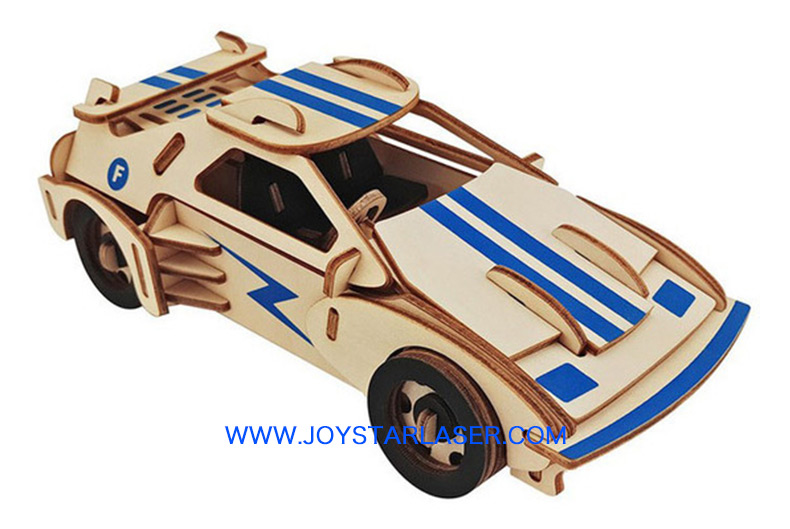
Maybe everyone knows that to avoid the carbonization effect of laser cutting, use high speed and low power. This is correct, but some are misunderstood. They think that the faster the speed, the better, and the lower the power, the better. In order to reduce the blackening, they use fast and low power to cut multiple times. This is very bad, and the carbonization effect may be darker than normal.
Our low power and fast speed must ensure that the wood can be cut through at one time. The faster the speed is, the better, and the lower the power, the better. However, if the power is reduced and multiple cuttings are required, the carbonization phenomenon is actually more serious. Because the cut part will be burnt a second time, the more you cut, the more serious the carbonization.
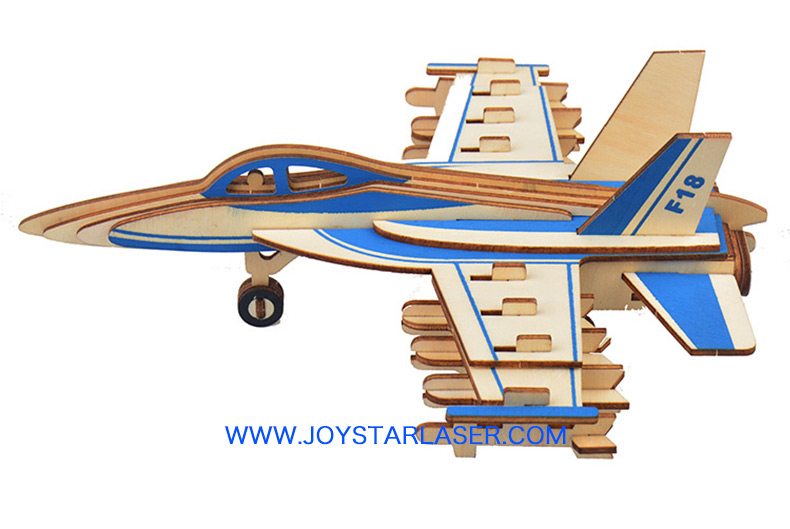
The part that was cut through the first time was burned again during the second cut. The other part is not so dark because it was not cut through at the first time. Therefore, the first thing to note is to ensure that it is processed in a single process and not processed twice to avoid secondary damage.
Fast speed and low power are contradictory. The faster the speed, the harder it is to cut through, and the lower the power, the harder it is to cut through. We have to prioritize between the two. According to my experience, fast speed is more important than low power. Use larger power to try the fastest speed that can cut through. Of course, this needs to be tested to get the best value. The following is the better data when I use the CO2 laser cutting machine-150W laser of Joy Star laser.
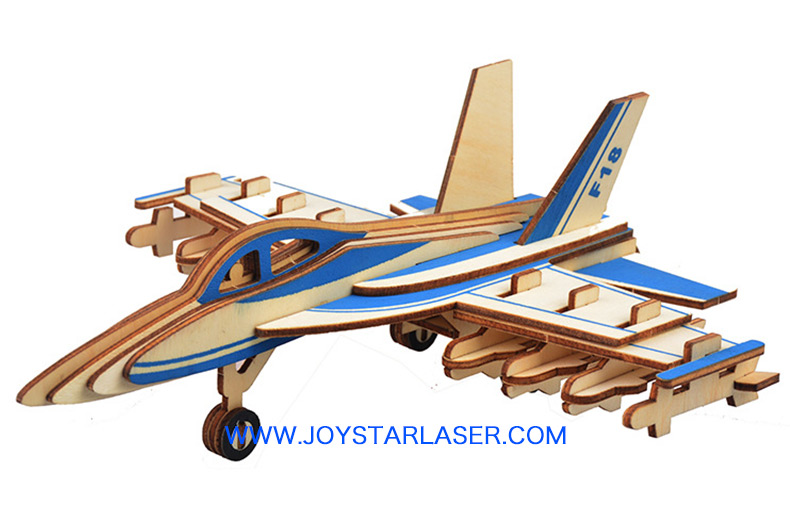
o cut 3mm plywood, I use 55% power and 45mm/s speed.
It can be seen that under this parameter, there is basically no blackening.
For cutting 2mm plywood, I use 40% power and 45mm/s speed.
I use 65% power and 20mm/s speed to cut 5mm plywood
Of course, in addition to the power speed that affects the blackening, there is also a very important factor, that is, blowing. It is necessary to blow strongly when cutting wood. It is best to use a high-power air compressor, because another factor of blackening and yellowing is: The gas produced by cutting is blackened, and blowing can assist cutting to make cutting easier and prevent fire.
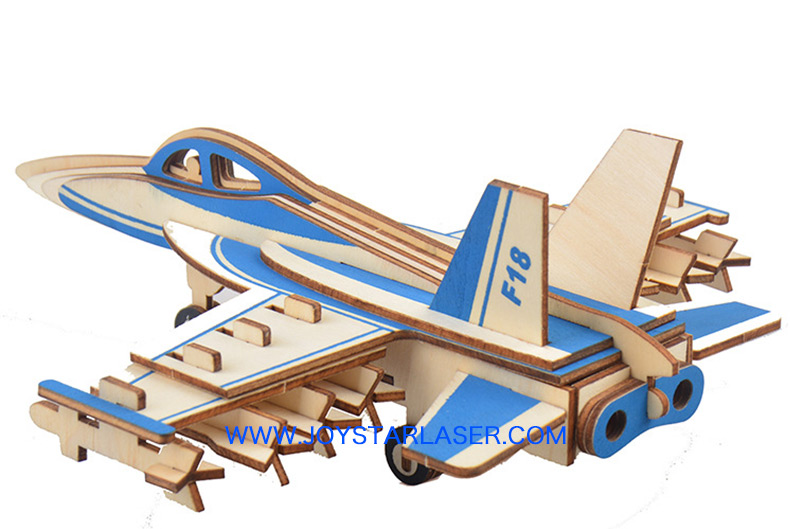
This concludes the experience of how to avoid blackening of wood by laser cutting. The test data is not a limit number for reference only, and some redundancy is left. The experimental data can be faster and lower power, but it cannot guarantee a cut through. In practical applications, other factors should be considered: uneven platform, focal length problems caused by uneven wooden boards, uneven materials of the plywood, etc., so be careful not to use the limit value to cut, it may be almost a little bit Cut through.
If you find that it is black no matter how you cut it, it may be a material problem, and the glue content of the plywood will also affect it. It is also very important to find more suitable materials.
Key points: Use fast speed, low power, and use an air compressor to assist in blowing under the condition of ensuring a cut through at one time.
PREVIOUS: Wooden toy laser cutting process
Creative wooden lampshade laser cutting,Perhaps, wood products laser cutting machine is still a kind of skill for your profit!
Laser cut wooden coaster, very beautiful and practicalLaser cut wooden coaster, very beautiful and practical,Wooden coaster laser engraving,Coffee wooden coaster laser engraving and cutting
Why should I buy a laser cutting machine for engraving and cutting wood?Can you make money with a laser cutter?Why should I buy a laser cutting machine for engraving and cutting wood?There are many uses of laser cutting machines Without accurate profit, it is impossible to calculate the specific amount that laser cutting can
What can a 150W CO2 laser cut?150W CO2 laser cuts multiple non-metal materials: Leather, pu leather, suede leather, synthetic leather, plywood, wood, cloth, plush cloth, mesh, non-woven fabrics, felt cloth, plexiglass, plastic, rubber, epoxy resin, acrylic, paper, wool, bamboo product
Best wood laser cutting machines buying guideBest wood laser cutting machines Buying Guide:What laser cutter can cut wood?How do I choose a laser cutter?How does a wood laser cutter work?How thick can a laser cutter cut wood?What is the best wood for laser cutting?

